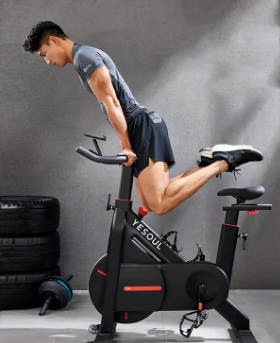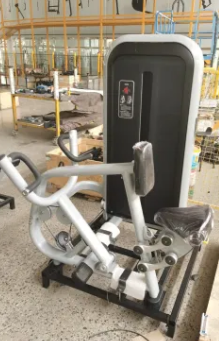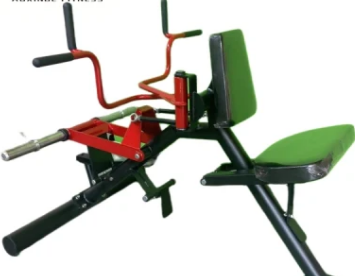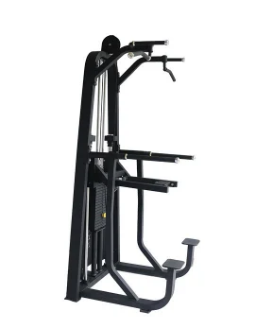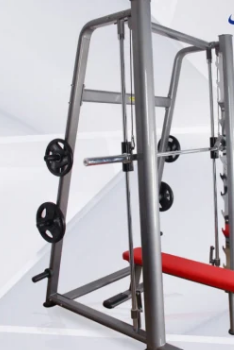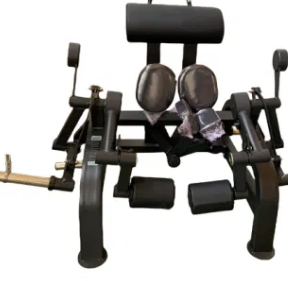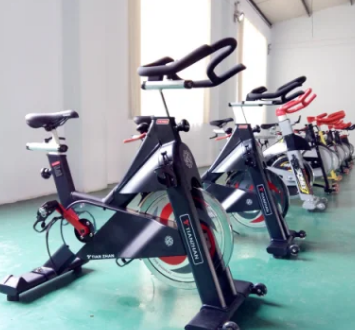Indoor Training Home Gym Fitness Equipment
Designing indoor training home gym fitness equipment requires a careful balance between functionality, space efficiency, and user experience. Here are some key considerations to keep in mind when designing such equipment:Space Optimization: Home gyms often have limited space, so design equipment tha......
Send Inquiry
Product Description
Designing indoor training home gym fitness equipment requires a careful balance between functionality, space efficiency, and user experience. Here are some key considerations to keep in mind when designing such equipment:
Space Optimization: Home gyms often have limited space, so design equipment that is compact and space-efficient while still providing a comprehensive workout.
Versatility: Create equipment that offers a variety of exercises to target different muscle groups. Multi-functional equipment helps users make the most of their workout space.
User-Friendly Design: Prioritize user experience by designing equipment that is easy to set up, adjust, and use. Intuitive controls and clear instructions are essential.
Safety: Safety is paramount in home gym equipment. Ensure that the equipment has proper safety mechanisms, sturdy construction, and secure attachments.
Customizability: Allow users to adjust settings, resistance levels, and seat positions to accommodate their individual preferences and fitness goals.
Foldability: If possible, design equipment that can be folded or collapsed for easy storage when not in use, making it ideal for smaller spaces.
Durability: Use high-quality materials that can withstand regular use and resist wear and tear over time.
Aesthetics: Create aesthetically pleasing designs that blend well with home interiors and encourage users to engage with the equipment.
Interactive Technology: Consider integrating digital interfaces, app connectivity, or virtual training options to enhance user engagement and motivation.
Comfort: Design ergonomic seats, handles, and grips that provide comfort and support during workouts.
Biofeedback: Incorporate features that provide users with real-time feedback on their performance, helping them track progress and adjust their workouts accordingly.
Sound and Noise: Minimize noise and vibrations generated by the equipment to ensure a comfortable workout environment at home.
Modularity: Design equipment with modular components that can be upgraded or expanded over time as users' fitness needs evolve.
Maintenance and Cleaning: Create equipment that is easy to clean and maintain, with accessible parts for repairs or replacements.
User Flow: Arrange the equipment in a way that allows users to move seamlessly from one exercise to another without disruption.
Sustainability: Incorporate sustainable materials and practices in the design to reduce the environmental impact of the equipment.
Branding and Marketing: Consider how the design aligns with your brand identity and marketing strategy. Visually appealing equipment can attract users and enhance your brand's reputation.
Feedback and Testing: Conduct user testing to gather feedback on usability, comfort, and overall experience. Use this feedback to refine and improve your equipment design.
Remote Coaching: Consider incorporating features that allow users to connect with personal trainers or join virtual classes, enhancing the value of the equipment.
Assembly and Installation: Design equipment with easy-to-follow assembly instructions and ensure that it can be set up by users without professional assistance.
By focusing on these considerations, you can create indoor training home gym fitness equipment that offers a convenient, effective, and enjoyable workout experience for users in the comfort of their homes.


